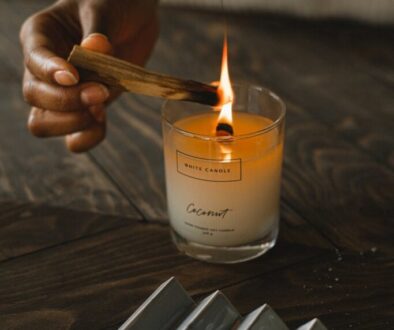Beekeeping is a rewarding and essential practice, but it comes with its challenges, especially when it comes to protecting yourself from stings. Beekeeping gloves are a crucial piece of equipment that can make your beekeeping experience safer and more enjoyable. In this guide, we’ll explore the different materials available, the best lengths, and essential tips on cleaning and storing your beekeeping gloves.
Materials: Beekeeping gloves come in various materials, each offering unique benefits. The most common materials are leather, synthetic leather, and rubber.
Leather gloves are a popular choice among beekeepers for their durability and protection. They provide excellent resistance against stings and are known for their longevity. Opt for gloves made from soft leather for better flexibility and comfort. Suitable for both local bee smokers and heat insulated smokers with minimal burn risk to hands during use
Rubber gloves, especially those with long cuffs, are ideal for beekeepers who prioritize complete protection. They are waterproof and provide an effective barrier against bee stings. However, some beekeepers may find rubber gloves less breathable than their leather or synthetic counterparts. Rubber gloves are also at risk if using local smokers due to lack of any heat insulation
Cleaning and Storage: Proper care for your beekeeping gloves ensures their longevity and effectiveness.
Cleaning: After each use, clean your gloves with a mild soap and water solution. Remove any propolis or beeswax residue, as these can compromise the gloves’ integrity. Allow them to air dry thoroughly before storing.
Storage: Store your gloves in a cool, dry place away from direct sunlight. Hanging them in a well-ventilated area can help prevent mold and mildew growth. Avoid folding or crumpling the gloves, as this can lead to creases that may compromise their protective capabilities.






